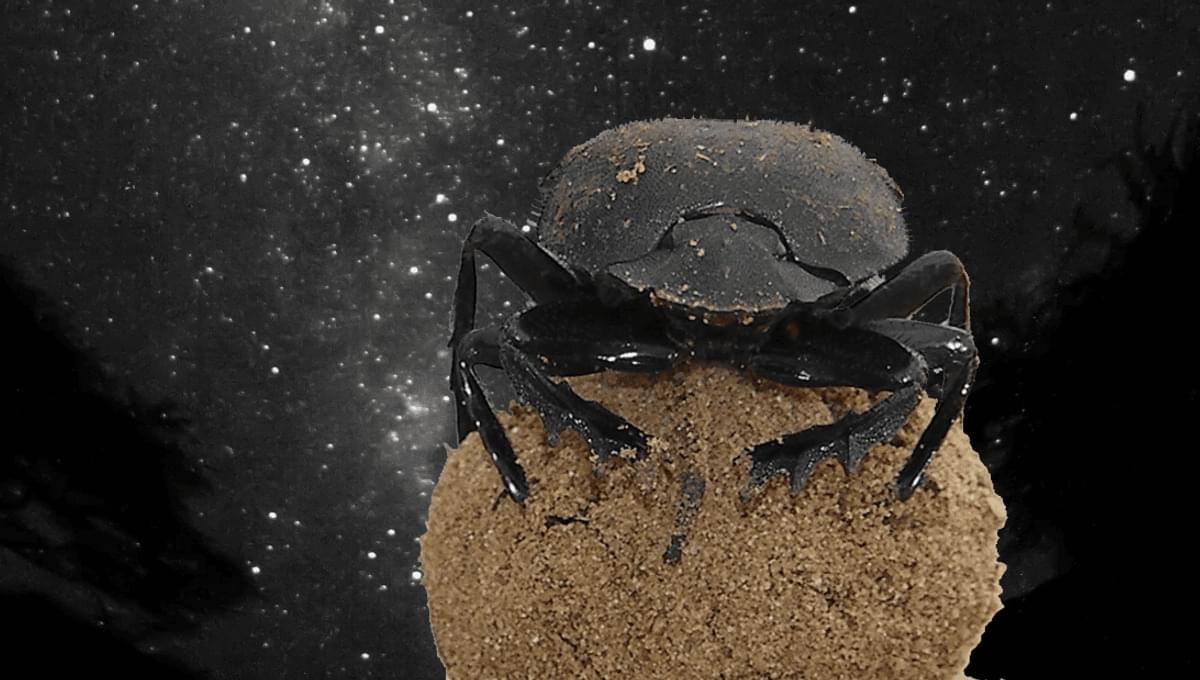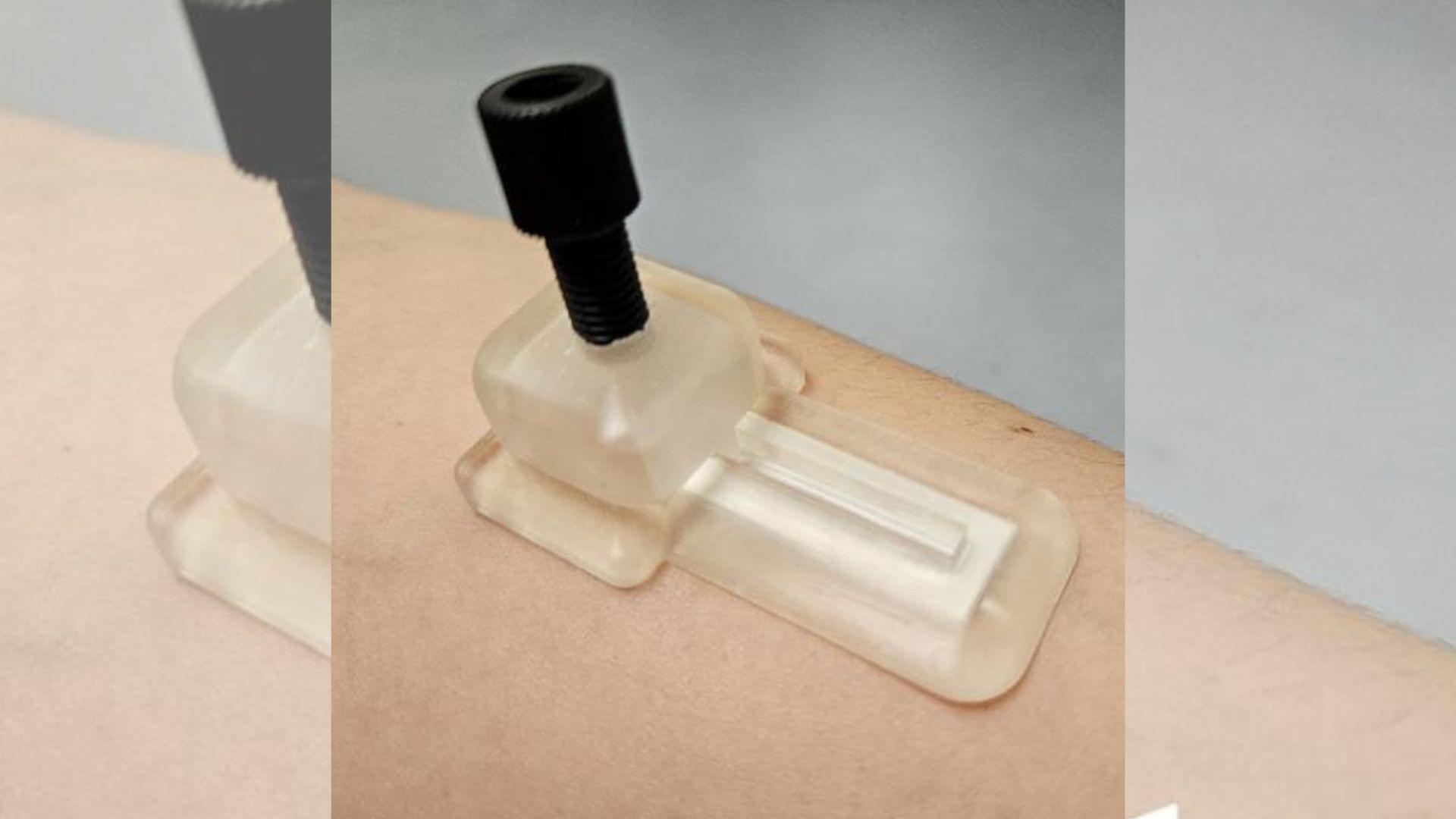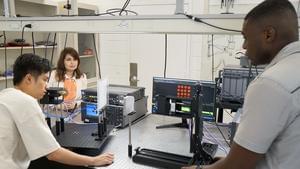A new study used virtual reality taxi driving tasks to uncover how the brain maintains a sense of direction in naturalistic environments.




Their previous work revealed that ILC2s are a major source of a tissue-healing growth factor called amphiregulin and have the capacity to receive neuronal signals that modulate their function and can impact disease progression and recovery.
In the new study, they demonstrated that the tissue-protective function of ILC2s depends on production of a molecule called adrenomedullin 2 (ADM2) from the enteric nervous system; administering the molecule expanded this group of ILC2s and provided therapeutic benefit in a preclinical model of inflammatory bowel disease, whereas loss of ADM2 signaling exacerbated disease due to the lack of these protective cells.

The sky at night. It inspires awe. It inspires thoughts of an existential nature: Who are we? Why are we here? And, perhaps most importantly of all, in which direction should I roll this big ball of shit? That is, if you’re a dung beetle.
“African ball-rolling dung beetles exploit the [Sun], the [Moon], and the celestial polarization pattern to move along straight paths, away from the intense competition at the dung pile,” wrote the study authors. “Even on clear moonless nights, many beetles still manage to orientate along straight paths. This led us to hypothesize that dung beetles exploit the starry sky for orientation, a feat that has, to our knowledge, never been demonstrated in an insect.”



Ultrahigh frequency bandwidths are easily blocked by objects, so users can lose transmissions walking between rooms or even passing a bookcase. Now, researchers at Princeton engineering have developed a machine-learning system that could allow ultrahigh frequency transmissions to dodge those obstacles.

A virus that typically infects black-eyed peas is showing great promise as a low-cost, potent cancer immunotherapy—and researchers are uncovering why.
In a study published in Cell Biomaterials, a team led by chemical and nano engineers at the University of California San Diego took a closer look at how the cowpea mosaic virus (CPMV), unlike other plant viruses, is uniquely effective at activating the body’s immune system to recognize and attack cancer cells.
In preclinical studies, CPMV has demonstrated potent anti-tumor effects in multiple mouse models, as well as in canine cancer patients. When injected directly into tumors, CPMV therapy recruits innate immune cells—such as neutrophils, macrophages and natural killer cells—into the tumor microenvironment to destroy cancer cells. Meanwhile, it activates B cells and T cells to establish systemic, long-lasting anti-tumor memory. This immune reawakening not only helps clear the targeted tumor but also primes the immune system to hunt down metastatic tumors elsewhere in the body.


Israeli and Palestinian engineers from the Hebrew University of Jerusalem develop novel metamaterials for the cost-effective injection molding of whole cuts of meat. Link to images: https://drive.google.com/drive/folders/1EIb0hFDVh67Lddqkmf4x…sp=sharing In a new publication in Nature Communications, Israeli and Palestinian engineers from The Hebrew University of Jerusalem pioneered the use of metamaterials to create whole cuts of meat.